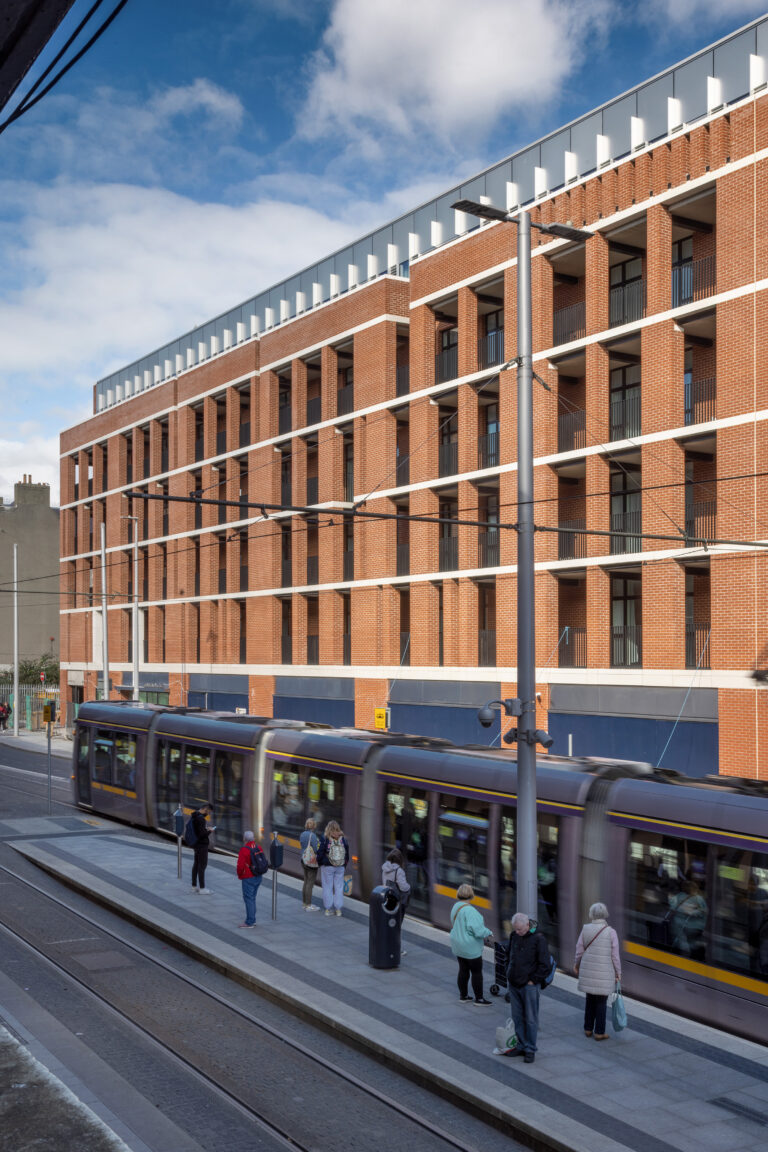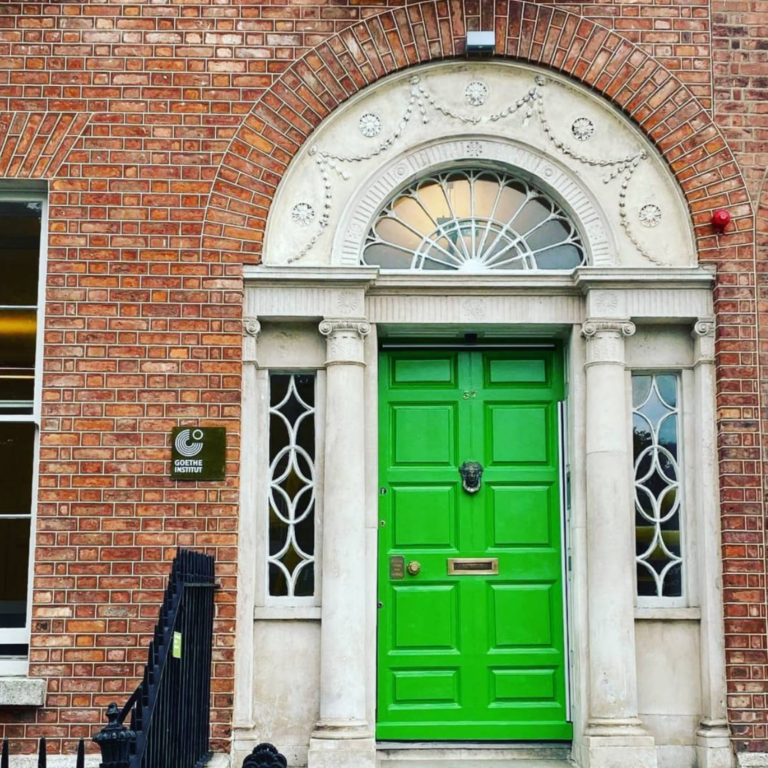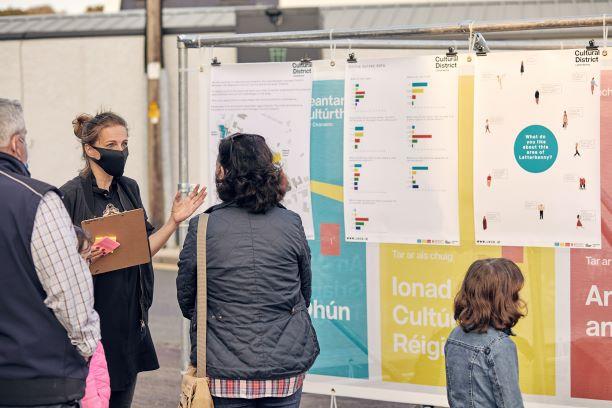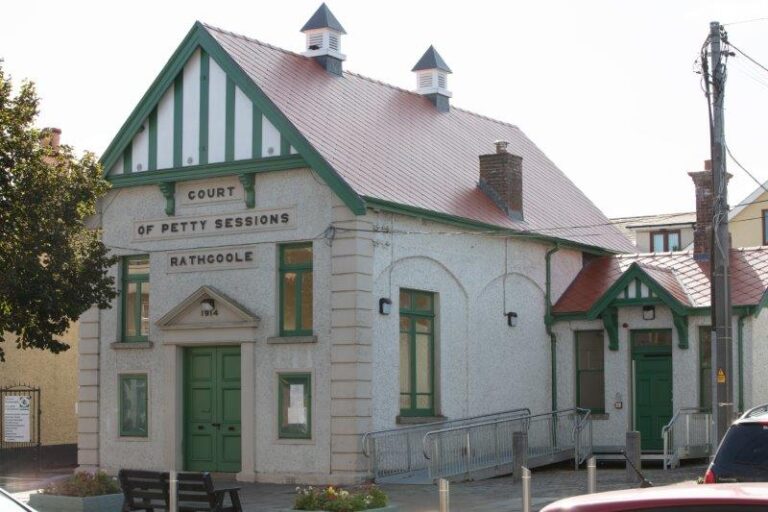Journal •
Irish City Centres
In order to create successful pedestrianised city centres we need a balance of first class public realm and the return of a substantial diverse residential population. Dublin has made little or no progress. Grafton Street has been repaved, but some adjoining streets have been tarmacked, as have some cobbled areas in Templebar, where a recent proposal for the high quality repaving of Temple Bar Square was ready to go to tender but was blocked by the Engineering Department. On the Northside Henry Street paving needs replacing and proposals for further pedestrianisation are very unambitious.
On the question of increasing the residential population, the “Living over the Shop” scheme was very unsuccessful compared to Cork. In the Georgian Core, Mountjoy Square has a substantial residential population, but South of the River the streets and squares have virtually no residents. The ESB are converting several houses in their block to apartments and duplexes, based on a successful model in London’s Mayfair and Bayswater, and Edinburgh’s New Town. Nearly all new residential developments are for student housing. The very poor performance in the city centre is highlighted by the excellent balance between office and residential and other uses in the Docklands, and the quality of the public space.
In Europe there are many exemplary models, Bordeaux is one of the best with a comprehensive tram system, the whole city centre is beautifully paved, cars are only allowed in for the residents in the evening and early morning as are service vehicles.
Another key model are the Flemish cities, which have made their City Centres Pedestrian Priority Zones, where pedestrians have the “right of way” and all vehicles have to give way to them. With regard to the public realm in Dublin I consider that a substantial area of the city centre should be made a Pedestrian Priority Zone. This could extend from say south of Stephen’s Green to the north of Parnell Square and from Clanbrassil Street to Church Street and Gardiner Street to Merrion Street.
This would require more bus services not to cross the city but to stop close to the Canal Ring as some do at present. Where bus routes are continued across the city centre, electric buses would make their way cautiously, but would probably do so quicker than they do in today’s heavy traffic.
Instagram @omahonypike
Twitter @omahony_pike
LinkedIn O’Mahony Pike Architects







